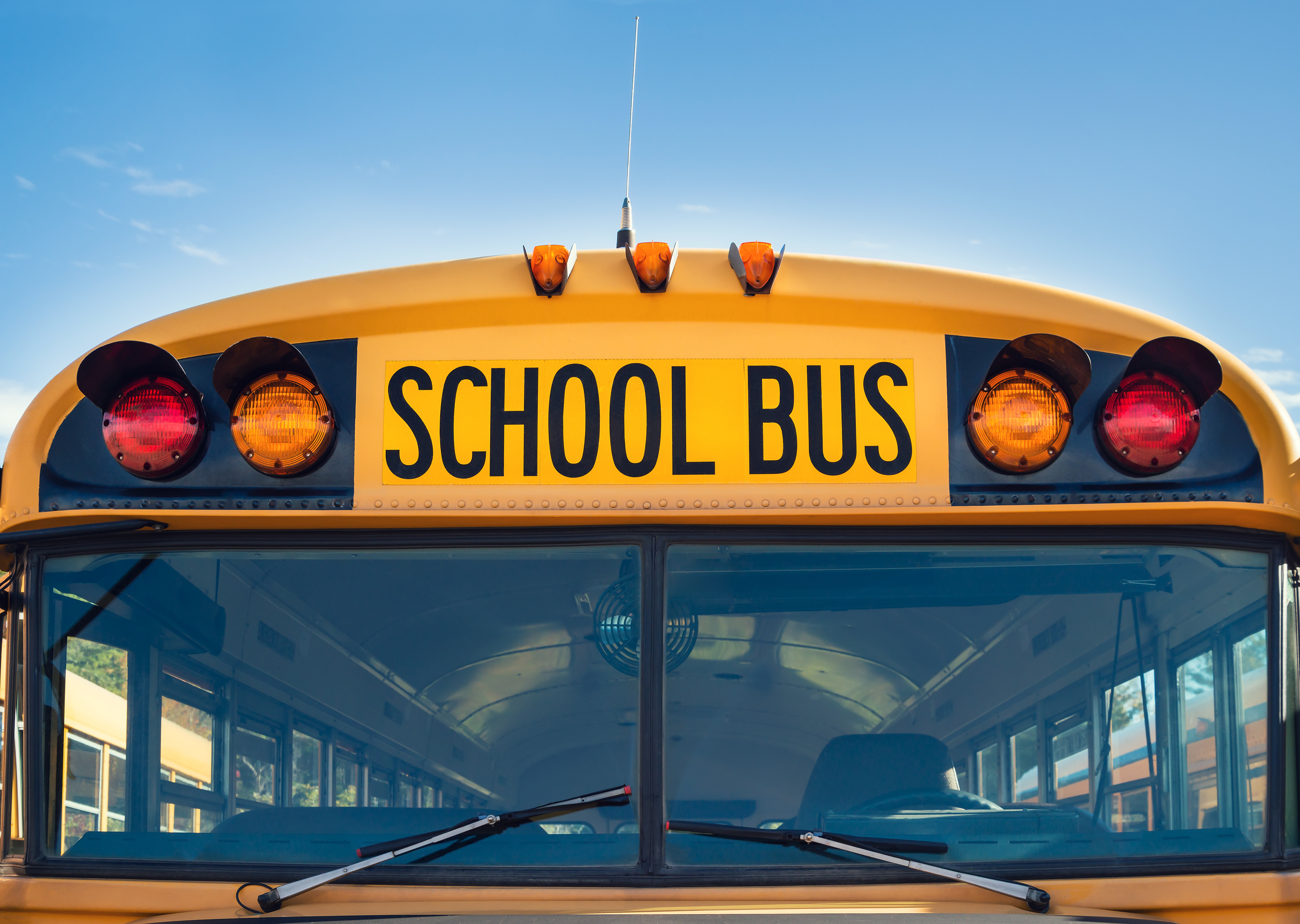Over the last few years, Dallas ISD schools within the Ross Avenue corridor—there are nine of these within the East Dallas portion of Trustee Miguel Solis’ District 8—have undergone considerable change. To reverse falling enrollment, the district flipped several traditional neighborhood schools into more innovative options that give students a choice based on their particular interests and aspirations. They pull geographically from across the district (with a system of priority for students nearby). A few of those schools are now on a wait list, and at least one has received some national attention. It’s been a creative solution to, among other things, the challenge of displacement as a result of increasing property taxes and rent prices.
But busing in students from across the district creates a more difficult task when it comes to transportation. That, says Solis, presents one upside to DISD running its own bus system, a task it took over this year from previous operator Dallas County Schools (voters killed DCS last November and its executives have been indicted for a kickback scheme that involved Dallas City Councilman Dwaine Caraway). During this transformative time for the district, flexibility is a good thing.
But so far, the district’s new in-house busing system has produced mixed results.
“It’s very difficult to convey to an outside entity all the reformation going on,” says Solis.
Since the first week of class, the district’s woes have been on display across just about all the city’s major media, putting a spotlight on massive delays and a clogged call system. The Dallas Morning News wrote about it after opening day, quoting DISD transportation head Kayne Smith as saying day one struggles were to be expected. He argued that it wasn’t about staffing. But those day one struggles have turned into week one struggles and month one struggles and quarter one struggles. Two weeks after the school year started, Smith, who had only been on the job since February, left for something similar at Cypress Fairbanks ISD, near Houston. Then, five weeks into the year, the district fired five transportation managers that came over from DCS, which was, um, not a great spot to have been hiring from in the first place.
NBC 5 dove in early last week with an update, in which Superintendent Michael Hinojosa said the district has “made progress but it’s not good enough” and that “in six months, we’ll be in much better shape.”
It turns out the problems have very much been about staffing. That’s according to Scott Layne, DISD’s deputy superintendent of operations. “The drivers we have run one route and then turn around and run another route,” he says. “What happens is they’re late, because they can’t get to that second route in time.” Layne says DISD is also dealing with drivers not showing up—the district is racking up as many as 50 or 60 absences a day. He wants another 80 drivers to fill its 700 positions for the big yellow buses, which require certification.
There have also been routing issues. The school district only in July got the necessary third-party software installed, says Layne, which didn’t allow much time to make any necessary changes. A parent of a DISD student here at D says things have been much worse this year than last, all in all, that he and other parents spent several weeks not bothering with it, and that his child has had to Lyft home at least once after not being able to fit on an overcrowded bus. “It’s trying to determine riderships,” says Layne. “We have data that will indicate how many kids, but you never really know until you run the routes.”
He says the over-crowding issues have subsided with adjustments (a point in line with the DISD parent’s anecdotal evidence), and that things have been generally getting better. Whereas the school took on about 5,000 complaints on the first day, it’s down to between 200 and 300 a day, Layne says.
At least some of this could be attributed to the fact DISD had limited time to gets its act together. “This is, in essence, a $60 million startup,” says School Board President Edwin Flores. “We went from zero employees, zero buses, to 1,100 employees, 1,000 buses, in a transition period of about eight months.” Voters will get a chance to boost the program this November, as Proposition A asks taxpayers to approve $75 million for a new fleet of buses, plus better maintenance and operating facilities.
Flores agrees that school choice can add stress to a transportation system. “What has changed is really the volume,” he says. “When you open five in a single year, that’s more than the last five years put together.” But he’s confident that the district’s transportation takeover has been “definitely a net plus,” and says DISD’s long-term vision would bring more choice schools to all parts of the school district.
For now, DISD has its eyes trained on ironing out the present issues, with much at stake. Says Solis: “If we don’t get it right—and I have every reason to believe we will—it could [undermine] our approach to innovation.”






